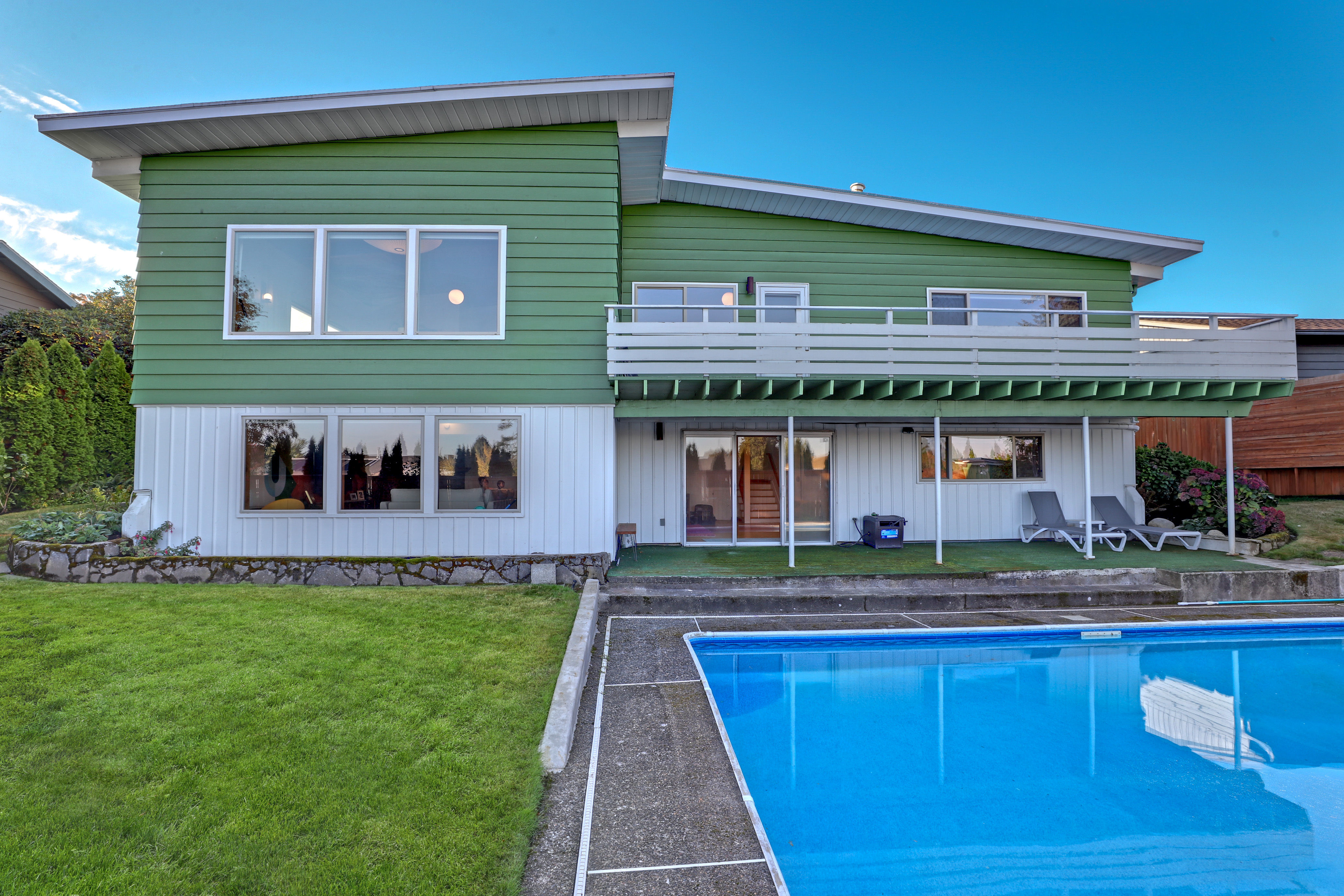A Designer's Guide to Staging (and Selling) Your Home
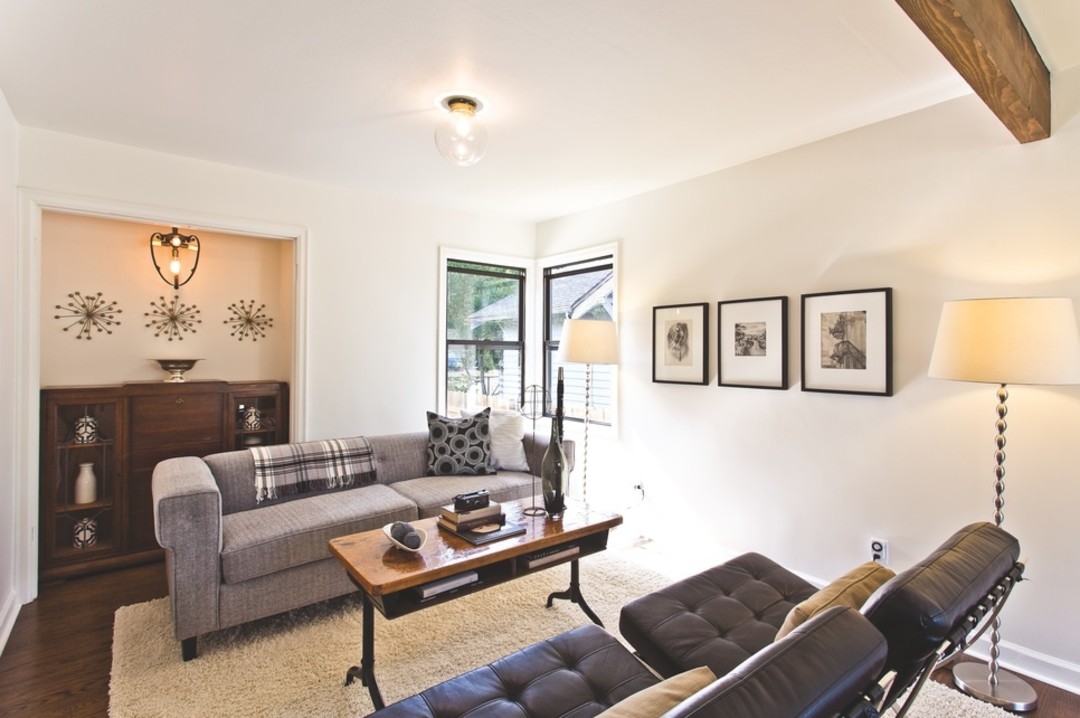
Image: Nomad
Staging is creepy. Justin Riordan, creative director at Spade and Archer Design Agency, is the first to admit it. “You’re in this house that’s furnished and nobody lives there,” he says. “Our job is to fool people into thinking it’s real—we literally trick people into buying houses.” In a hot market like Portland’s, sellers can wrangle astronomical asking prices if they do it right. But the average shopper looks at any given house for only seven to nine minutes, and their reaction is fueled more by visceral emotion than logic. “We’re not interested in pretty,” says Riordan. “We are interested in people, and grabbing their gut.” We sat down with Riordan to steal some secrets of the trade.
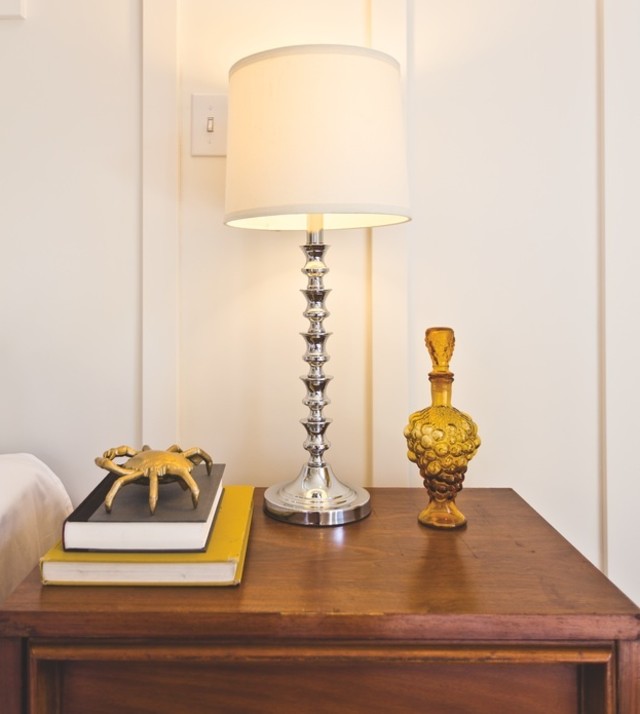
A touch of gold “I love these golden crabs, and all sorts of golden stuff to catch your eye,” says Riordan. “We’ve got a whole bunch of them at the warehouse.” But take care not to overdo it: “If the house is Tina Turner, we’re the backup singers. You’re super-glad they’re there, but you didn’t pay to see them. We need to be cute and pretty and fun, but we can’t overshadow Tina Turner.”
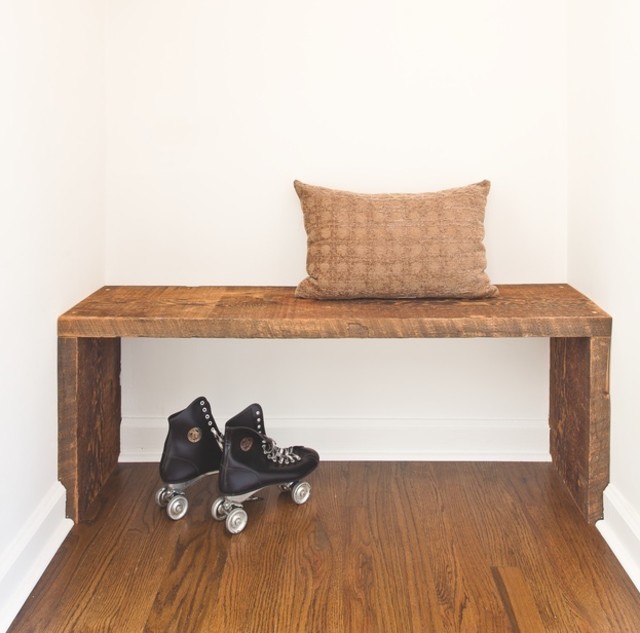
Territory markers “We always design for an imaginary demographic. But things like coats and shoes are ‘territory markers’—they tell you the story of the person who lives there. And we want buyers to think, ‘I have no idea who lives here, but it needs to be me.’ We wanted to show that this is where your shoes go, but without specifics—so we used roller skates!”
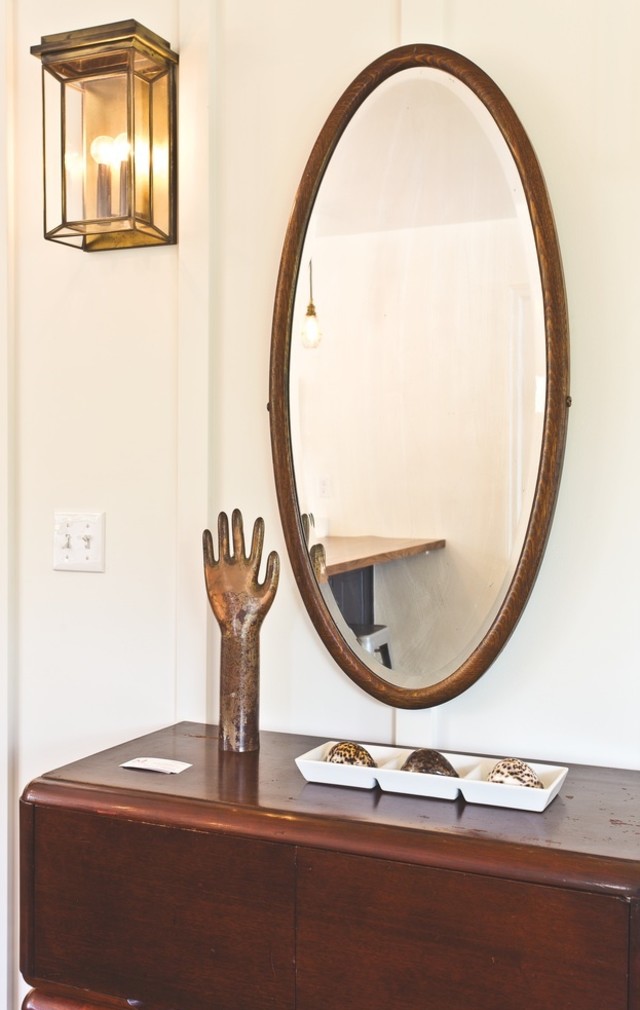
Narcissism sells “This mirror was turned sideways over the dry bar, and everything looked too busy. So we reversed it and put it over the ‘entry sequence,’ which always consists of a table, a mirror, and a lamp. We stick to 90-degree angles—rhythm and symmetry are really important. And people love themselves, so we usually put a mirror up in the front entryway.”
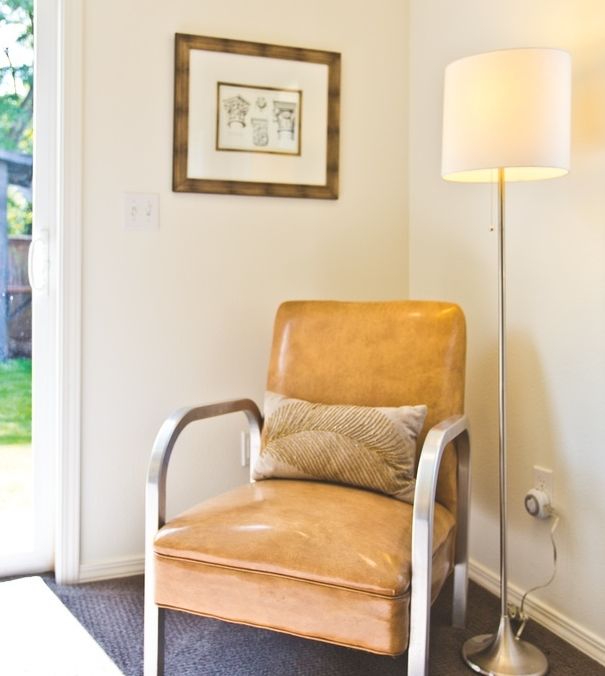
Simplicity “Staging shows you the scale, shows the use, and adds light to the space. Anything more than that, and we’ve overdone our job. It’s important to put all the lamps on timers, because real estate agents will flip light switches, but they will not turn on lamps. And lamps bring in warm light. These chairs are in this great awful Naugahyde—but they photograph so well!”
Rhythm “The basis for every living room we do is a rug, a couch, two chairs, a coffee table, and two lamps. The couch must always face the entrance to the room—otherwise we call it ‘unfriendly couch syndrome.’ Our color palette is neutral: black, cream, gray, brown, white, and sometimes gold. For art, we create series—we buy books of unemotional art and frame the pages.”

